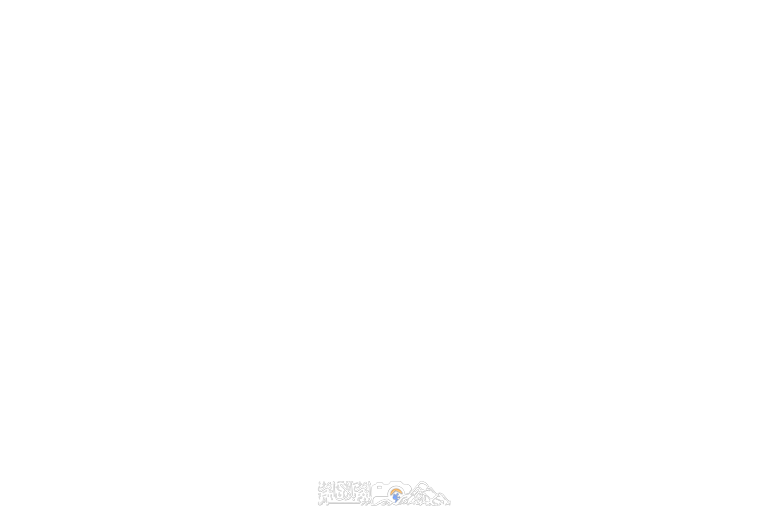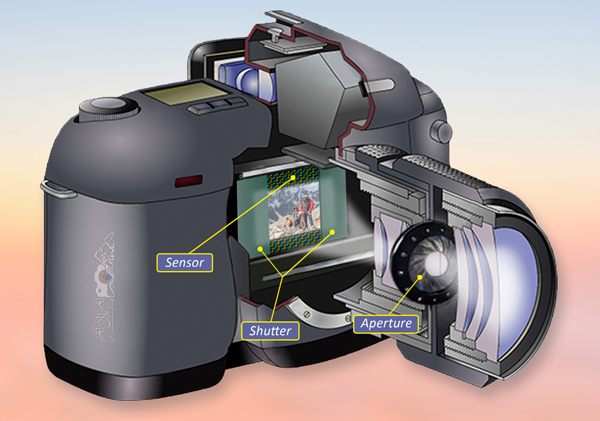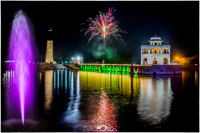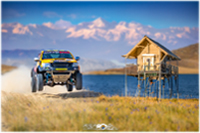If you want to become an Expert & Professional Photographer, first of all you should have a good understanding of shutter, aperture and ISO. For information watch the video or read the text below and practice on simulator to learn usage. In this way, hopefully you will get a better understanding of photography.

This camera simulator is basically a photo exposure simulator. Playing with this simulator will help you learn & understand how shutter, aperture and ISO affect an image. Remember! all photography is based on the three of them i.e. shutter, aperture and ISO.
Simulator is loading...





Fast Shutter Speed → Less Light → Moving objects → Sharp
Slow Shutter Speed → More Light → Moving objects → Blur
Narrow Aperture (Large f/no.) → Less Light → Background & Foreground → Sharp
Wide Aperture (Small f/no.) → More Light → Background & Foreground → Blur
Lower ISO → Less Light → Grains → Less
Higher ISO → More Light → Grains → More
← Shooting or Camera Modes →
M → Manual ModeIn manual mode, the photographer sets all the camera settings according to his desired exposure.
Tv (S) → Shutter Priority Mode
Tv → Canon | S → Nikon
In Shutter Priority mode, the photographer sets the shutter speed and sometimes the ISO according to the scene, while the camera does the other necessary settings automatically.
Av (A) → Aperture Priority Mode
Av → Canon | A → Nikon
In Aperture Priority mode the photographer sets the aperture value as required by the scene and the camera automatically adjusts other necessary settings.
Keep eyes on the image of Simulator while changing shutter, aperture or ISO values. You will notice that increasing or decreasing these values not only changes the Exposure (brightness) of the image, but also changes more to the image. For example, lowering the shutter blurs moving object(Jeep). Aperture blurs the foreground and background, and ISO adds more grains to the image. By simply changing the three, the photographer achieves the desired exposure and composition in an image. And all photography is based on these three (Shutter, Aperture and ISO).
Watch this video, which will give you a complete understanding and you will soon become a good photographer. :-) If you prefer reading instead of watching videos, continue reading the article below to understand Shutter, Aperture and ISO properly.
← Exposure → in photography means the intensity of light in the image, you can also call it the brightness of the image. The camera settings are adjusted according to the light in the environment to produce a picture with better brightness. Although today's modern cameras are very intelligent and when the picture is taken, they automatically adjust the settings according to the light. Usually people take pictures on the same automatic mode of the camera. But if we want to do something different, want to create something unique, then we have to go beyond this automatic system and take control of the camera through manual(M) mode. For all this we need to have a good understanding of camera shutter, aperture and ISO.

← Shutter → - The curtain in front of the camera sensor is called the shutter. Shutter covers the sensor all the time, but when the picture is taken, the shutter opens, the image is printed on the sensor, and then the shutter closes. The speed at which the shutter opens and closes is called shutter speed. In other words, this period is called exposure time that the sensor remains exposed.
• If there is less light, then the shutter speed is also reduced. As if the sensor is exposed for a longer time, so that more light hits the sensor and produces an image with better brightness. Similarly, if the light is excessive, then the exposure time of the sensor is reduced. So, the Shutter opens for a short time and less light reaches the sensor.
• Faster or slower shutter speed not only reduces or increases the light in the image, but also has another effect on the image. The effect is that slow shutter speed blurs moving objects. It records everything bright for as long as the sensor is exposed. Thus, if something is moving, it will be recorded continuously. So to take a picture of a moving object, the shutter speed is set according to the speed of the object. Then that thing will be sharp or clear.
← Aperture → - A camera lens has an iris-like component. Through which the light passes to reach the sensor. In simple words, the hole in this iris is called an aperture. Aperture is measured in f/stops, for example f/2 and f/4 etc. Some new photographers get a little confused with aperture and its measurements. It is such that when the f number is small, the aperture is wide and when the f number is large, the aperture will be small. Mathematically this is not an inverse, but to remember we can call it an inverse.
• When the light in the environment is low, the aperture is widened so that more light reaches the sensor and produces an image with good brightness. Similarly, in case of high light, the aperture is narrowed.
• Narrower or wider aperture means less or more light, but the other function of aperture is that it also affects the depth of field. For example, increasing the aperture blurs the foreground and background of the object in focus. Wider aperture means more blurred background.
← ISO → - The camera sensor that records the image has tiny dots on it. These dots are called pixels and the light hits these pixels to create an image. The sensitivity of these pixels can be called ISO and ISO is measured by numbers.
• Lowering the ISO will also lower the sensitivity and the sensor will capture less light. Similarly, increasing the ISO allows the sensor to capture more light and the brightness of the image also increases.
• The high sensitivity of the sensor allows more light, but it also starts to show grains in the image. More sensitivity means more grains.
The summary of all these things is:
Fast Shutter Speed → Less Light → Moving objects → Sharp
Slow Shutter Speed → More Light → Moving objects → Blur
Narrow Aperture (Large f/no.) → Less Light → Background & Foreground → Sharp
Wide Aperture (Small f/no.) → More Light → Background & Foreground → Blur
Lower ISO → Less Light → Grains → Less
Higher ISO → More Light → Grains → More


